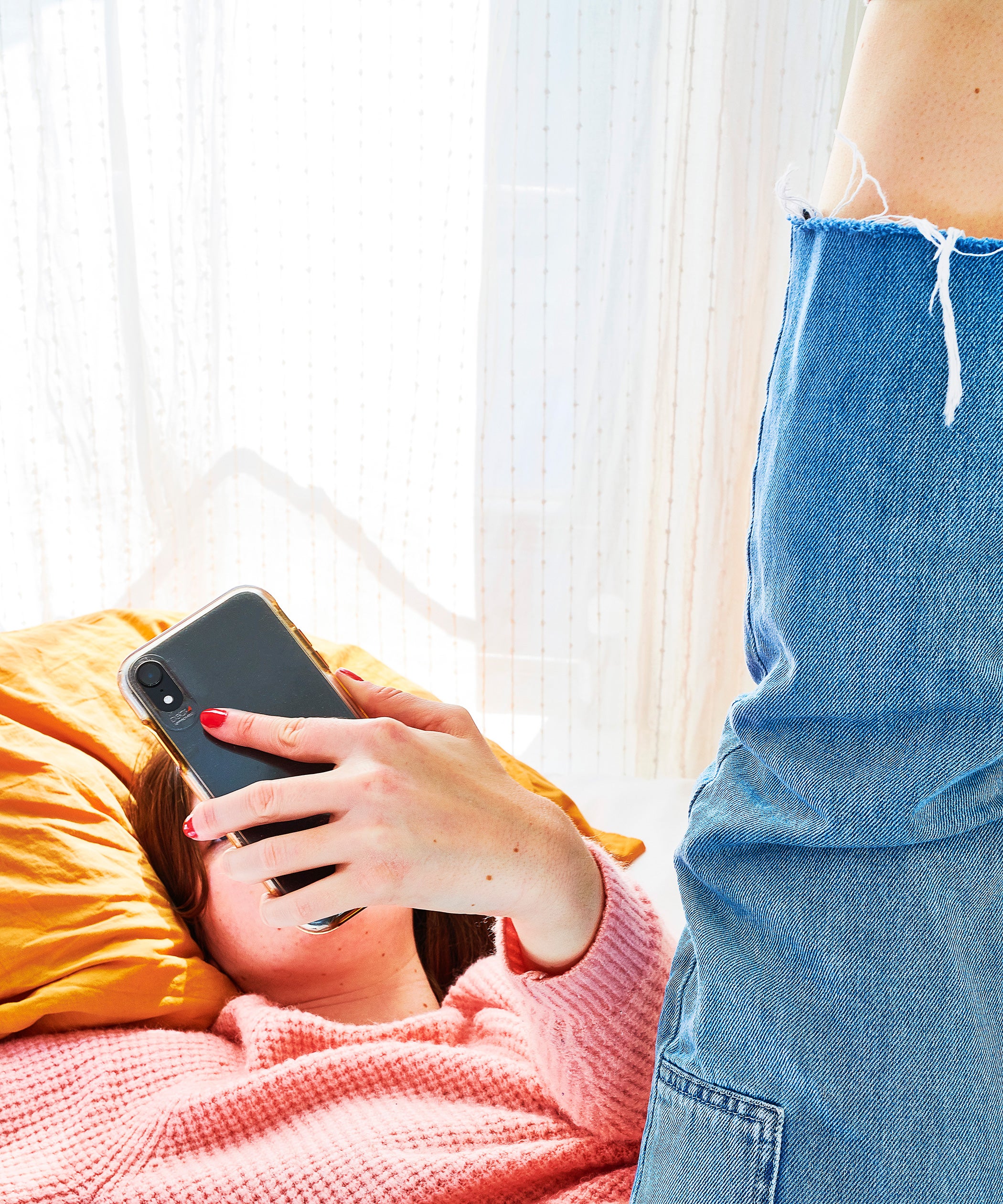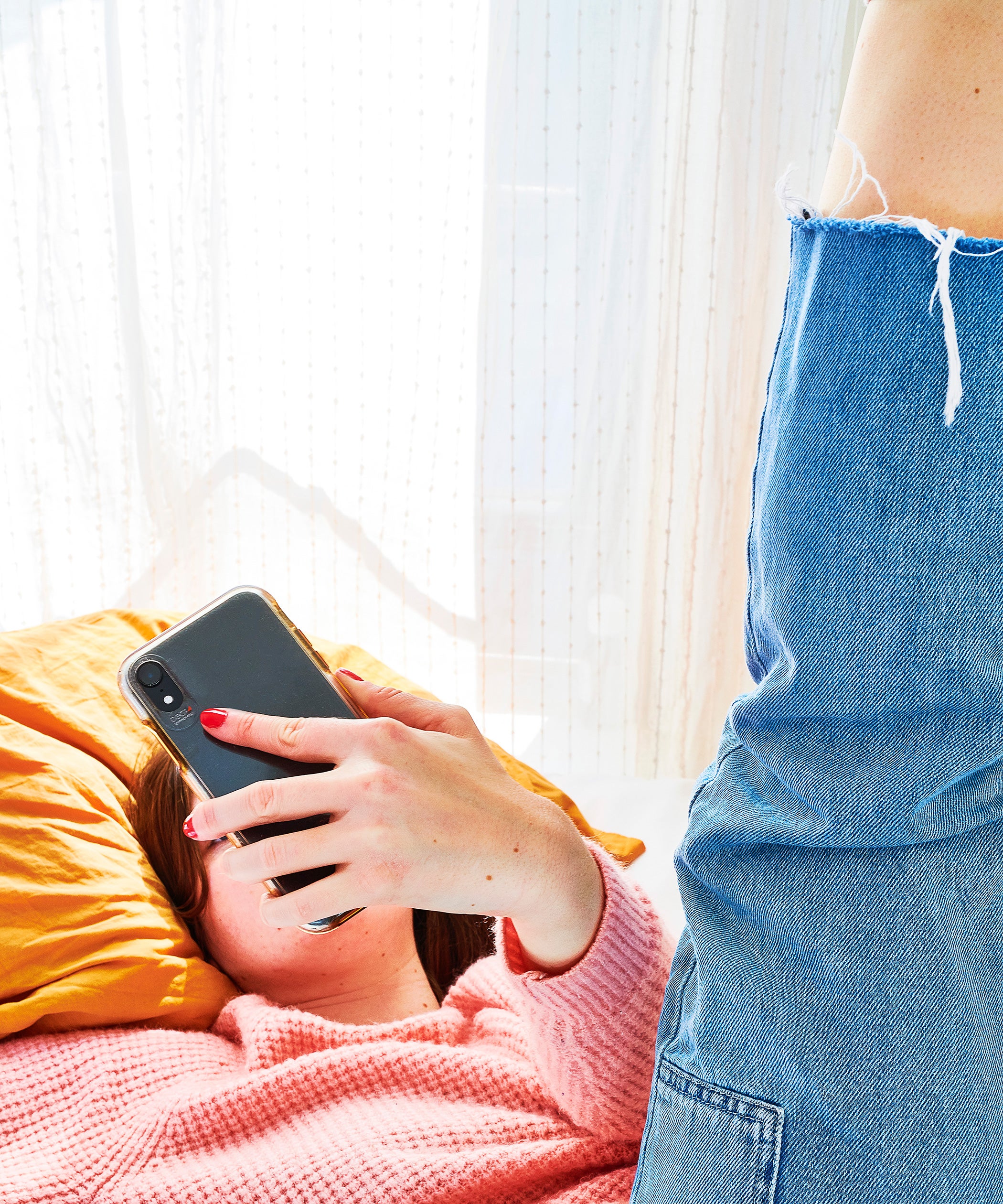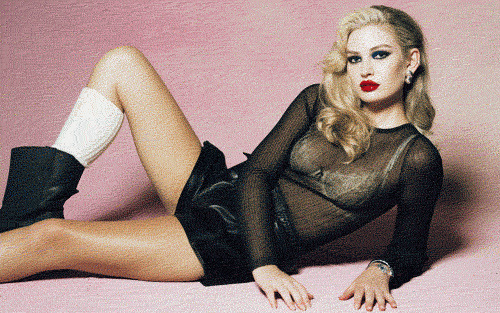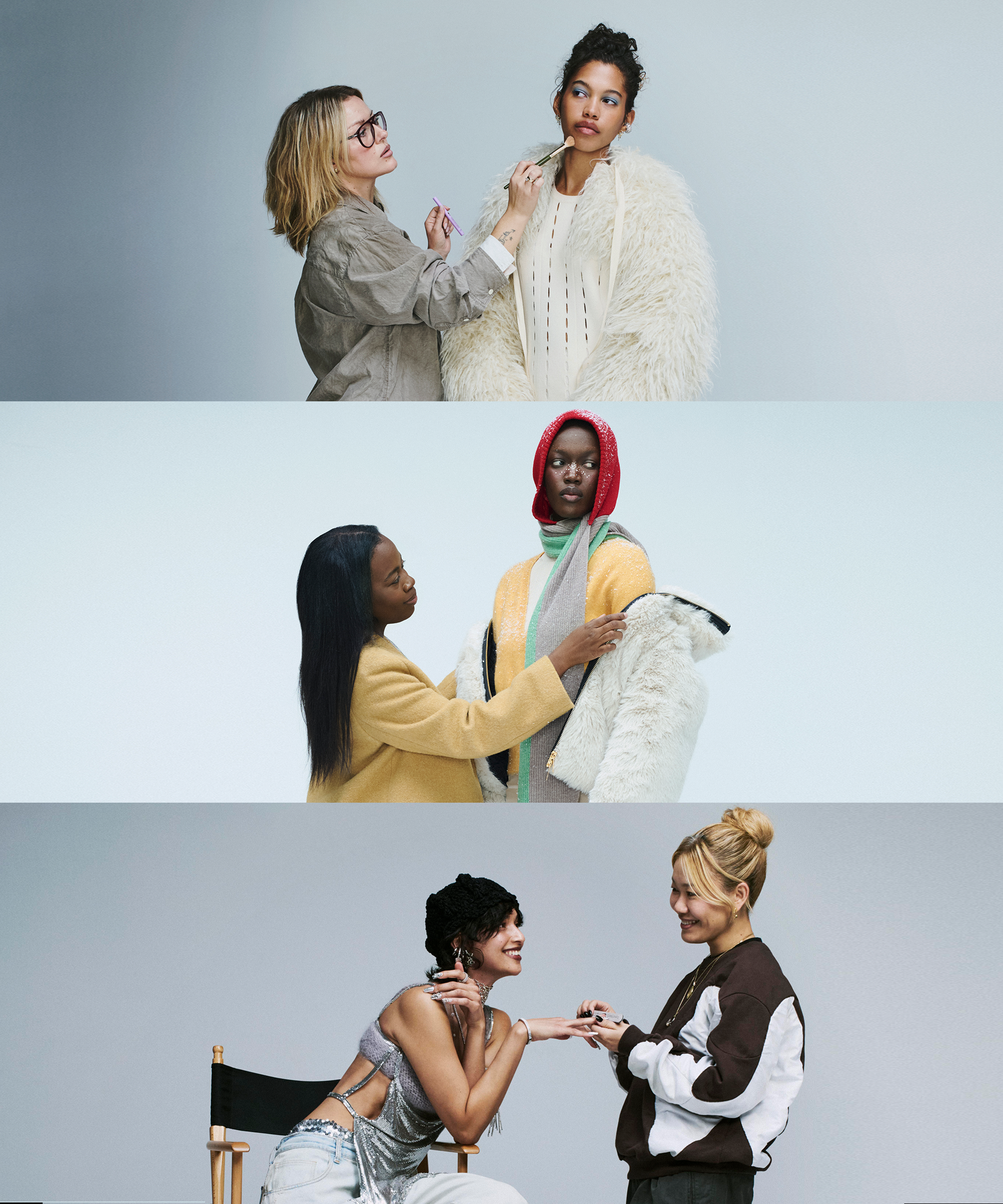

The year was 2012. Then-teenage blogger Tavi Gevinson sat in the front row at the Dior show in Paris wearing an enormous bow on top of her head, baffling many fashion insiders who couldn’t understand why a 13-year-old had been invited to cover a fashion show (let alone block views of the runway). At the time, before there were influencers, fashion bloggers were the ones donning eccentric looks to fashion shows and commenting on industry happenings and trends with the confidence of a career critic.
The blogger moment hardly had a chance. Influencers quickly replaced the indie scribes’ hot fashion takes. A cohort of tastemakers that was supposed to democratize fashion gave way to a wave of mini marketers who were open to branded partnerships. By the end of the 2010s, Gevinson shut down Rookie. Leandra Medine’s Man Repeller turned into Repeller, only to close months later. And Bryanboy, one of the original fashion influencers, left his witty blogging for the shinier shores of Instagram.
Now, almost a decade later, TikTok is becoming a space where creators are stepping into a time machine that ferries them back to the era of independent commentators. While some might write off the platform as a melting pot of memes and dance-off videos, its spirit is more old-fashioned than some might think. It brims with conversations on sustainability, ethics, trends, fashion history, and design that are often excluded from the traditional influencer landscape that mostly relies on curated images. They’ve traded #ootd for #trendcycle and #personalstyle, inviting their audiences to engage with their content beyond the likes.
Sure, TikTok is also full of fashion creators pushing trends, displaying hauls, and sharing their latest press trips. But a different archetype of influencer — less of a vessel, more of a critic, if you will — is also emerging on the platform, where personality moves the algorithm more than a pretty filter or sponsorships ever will.
“It reminds me of the time before influencers, when the people who were influential were people who had other jobs but they had something to say,” says Alexandra Hildreth, a TikTok fashion commentator who goes by @guyfieri.superfan.
@guyfieri.superfan he knows how to take her from the WAP music video to thom Browne at the met and RANGE IS KEY ##fyp ##stylist ##cardib ##wap ##mugler ##celebstyle
Hildreth works full-time as a project manager at Beyond The Mag, a fashion consulting and creative firm, and lives in Brooklyn. She first downloaded TikTok in January 2020 — when, according to her, it was “embarrassing to have TikTok” — and only decided to start commenting on fashion a year later. Since then, her videos filled with unfiltered opinions on designer collections, trends, sustainability, and style have garnered her 1.4 million likes and nearly 44,000 followers. “I always joke that I can’t believe people follow me because every single one of my TikToks is like me in my pajamas at seven in the morning,” says Hildreth, whose nom de TikTok is based on a Halloween costume of the platinum-haired chef she wore during her time as an undergraduate at the University of St. Andrews (yes, the Scottish institution where Prince William met Kate Middleton).
The unfiltered energy on TikTok is nothing like the hyper-studied still life that is Instagram. Most of the videos feel like one-on-one conversations with a fashion-obsessed bestie. Fashion content on the app is less aspirational and polished than other platforms, which helps creators focus on substance rather than curated fluff, and facilitates the growth of niche communities, like #Cottagecore, which has over 6.6 billion views, and #Altgirl, which has over 1.5 billion views.
“Something I’m really excited about is the rise of subcultures,” says Agustina Panzoni, an Argentinian TikTok creator who goes by @thealgorythm on the platform. “There are no mainstream trends, but rather smaller trends happening in different subcultures.”
Panzoni would know. Last year, after losing her work visa, she transitioned from working at WGSN, an American trend forecasting company, to making TikTok videos. Panzoni studied economics in college, and later ventured into forecasting after learning about this field during a trip to Australia Fashion Week. But after losing her job, she’s found a space to pontificate on fashion trends that works on her own terms. “If I can’t do it professionally,” she told herself, “I’ll do it somewhere else.”
@thealgorythm The layering opportunities ✨ how would you style this? Top by @clarissa.larrazabal #fashiontrendpredictions #trendtok
The magic formula has been to bring her behind-the-scenes knowledge of trend forecasting to the app through video series helping people navigate fashion trends and their cultural significance. Here TikTok’s motto is “I find things you like.” The pay-off is big for Panzoni, who has garnered over 190,000 followers and over 1 million likes in seven months, watching her follower count grow to 100,000 in her first week.
Even with such a robust following, Panzoni is not trying to make a living out of it: “Influencer marketing is so saturated that at this point we are using this as a platform to push us professionally.” Instead, what animates her to keep uploading videos is the TikTokerati’s appetite for raw, opinionated, often funny content.
Currently, the independence that these creators maintain from brands or affiliate marketing platforms separates them from the bulk of fashion creators out there. “Listen, if I brand I really loved a brand like Prada or Marc Jacobs reached out to me, obviously you’re not going to say no,” says Hildreth. “But as far as becoming a full-time influencer, who makes a living off sponsorships and placement promotion, that is not something I have an interest in.”
@mizft ##annawintour ##americanvogue ##vogue ##fyp ##like ##lebronjames ##highfashion ##addisonrae ##dixiedamelio ##metgala ##fashionindustry ##jeans
AJ Krakovsky agrees. If you’ve ever scrolled through his @mizft TikTok channel, the phrase “Don’t be mad at me, these are just my opinions” may sound familiar. Krakovsky starts each video with this line, then segues into his raw opinions about everything, from the Kardashians to why Anna Wintour and American Vogue “get on my nerves” and why Selena Gomez is “underrated.” Krakovsky started on TikTok in November 2020, after sharing videos of his bad experiences working as a model. Since then, he’s grown over 120,000 followers on the platform and over 5.2 million likes.
Prior to joining TikTok, though, he was already a fan of fashion critics, especially people like Luke Meagher from the YouTube channel Haute LeMode, who have disrupted the traditional critic format. “I’m drawn toward people who 100% keep it real,” he says. “People who know they might get in trouble for doing something but do it anyway.”
Even though he could easily monetize his audience, Krakovsky says he’s not interested in filtering his opinions in order to work with brands. In fact, he’s already tried to work with some fashion companies, but has been rejected because “they find my content to be controversial.”
In an industry ruled by access and connections, creators have the talent and unabashed confidence to say what they want, and TikTok is giving them a space to do it. After all, if they have nothing to gain, they have nothing to lose. For now.
Like what you see? How about some more R29 goodness, right here?
@RealLifeAsLiv Knows Good Vintage




